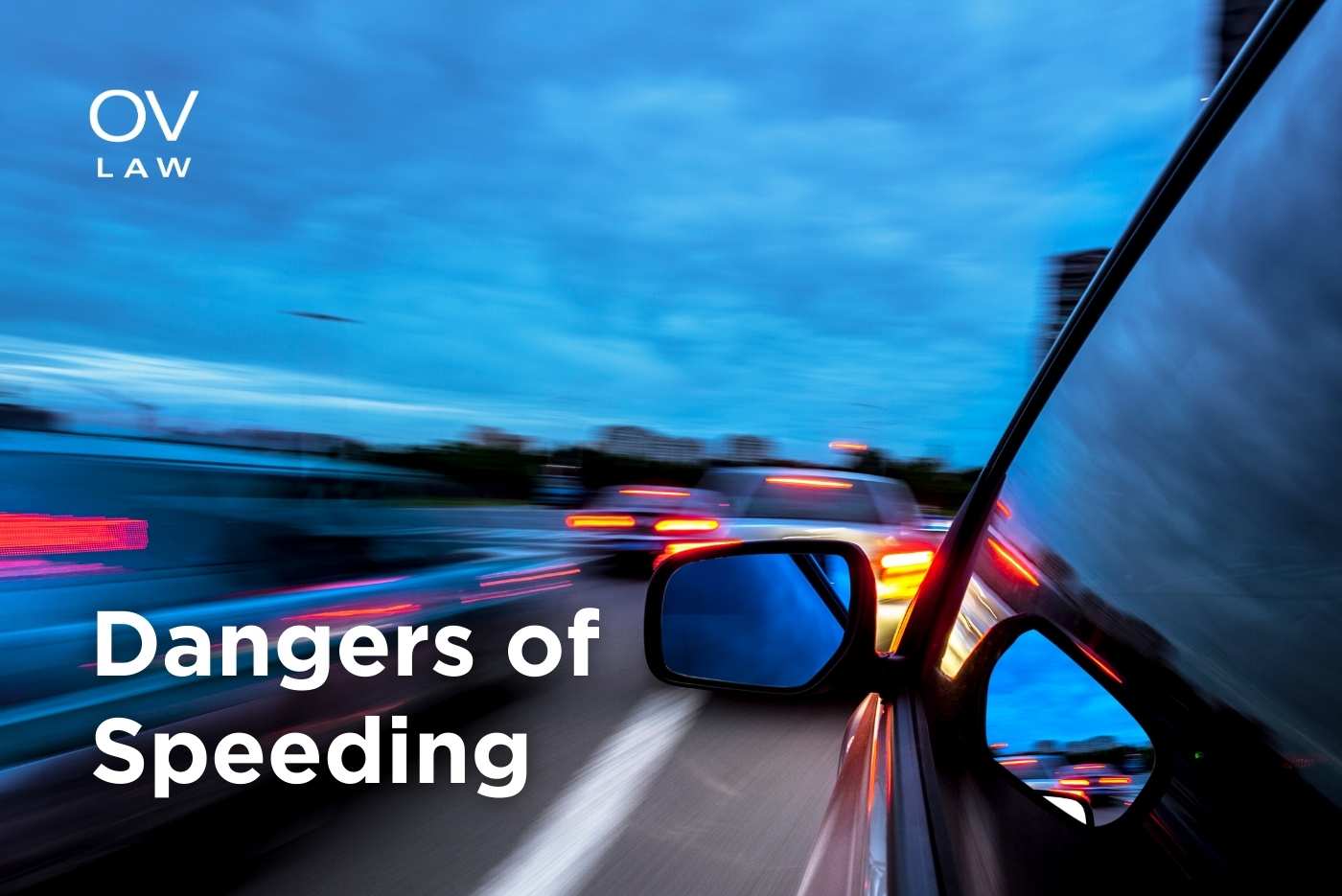Dangers of Speeding

We’ve all heard the saying that “speed kills”, but did you know that speed is a factor in about 25% of fatal collisions on Canadian roads? This is because driving faster creates greater risks for all users of the road.
For example, consider the impact of speed on an average driver’s reaction time. The faster a vehicle is travelling, the farther it will travel from the moment a driver perceives a danger to the moment she reacts and brings the vehicle to a safe stop. If an average driver takes about 1.6 seconds to perceive a hazard and begin to react by braking, a vehicle travelling at 40 km/h will travel about 88 feet on a dry road before stopping. At 50 km/h, the stopping distance is increased to almost 120 feet. At just 60 km/h, the stopping distance is almost 155 feet. We can see that by adding only 20 km/h of speed, the stopping distance of a car is nearly doubled. This is why speed is listed as a cause of so many serious car accidents.
Another factor impacted by speed is the damage inflicted on a vehicle and its occupants. The higher the speed a vehicle is travelling, the greater the likelihood of serious injury or death in the event of a crash. This is because the force exerted during a crash increases exponentially when driving at higher speeds. Studies have shown that for every 15 km/h of increased speed, the risk of dying in a crash is almost doubled. This means that driving at a speed of 130 km/h in a 100 km/h zone increases the risk of dying in a crash by about 4 times, compared to driving at the speed limit.
The consequences of speeding can be much more serious than just getting a traffic ticket. Speed kills. Slow down, and save lives.
Oatley Vigmond is Ontario’s Personal Injury Law Firm. If you or someone you know has been hurt in a motor vehicle collision, we may be able to help.
Contributors

Adam Little earned his undergraduate degree from the University of Toronto in 1996. He graduated from Queen’s University Faculty of Law in 2000 and was called to the bar in 2002. Adam was practicising on Bay Street for a leading Toronto litigation firm that represented doctors in medical malpractice claims when he realized that helping people through personal injury litigation was what he wanted to do. “I wanted to work for the best,” he said. A partner at Oatley Vigmond had written the best-known book available about addressing jury trials, which Adam had read and admired. He wrote to the partner, went through an intense interview process and became a partner at the firm in 2005.
